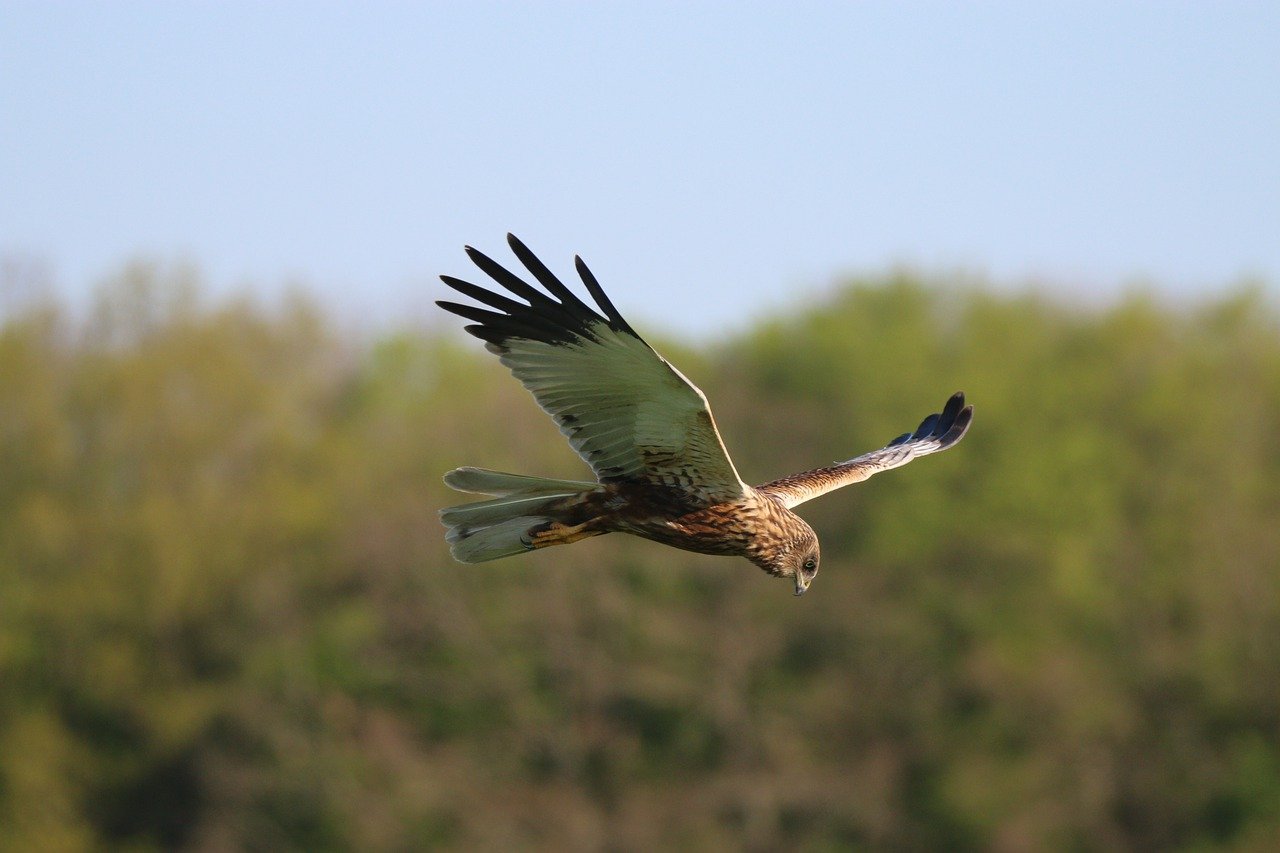Predation of the European Marsh Harrier Circus aeruginosus on a colony of Blackheaded Gull Larus ridibundus
DOI:
https://doi.org/10.34080/os.v14.22796Keywords:
predation, predator-prey interaction, sexual dimorphism, foraging ecology, interspecific interactionAbstract
During 1992—1994, I recorded the predation by the Marsh Harrier Circus aeruginosus on a colony of Black-headed Gulls Larus ridibundus at Hornborgasjön in southwestern Sweden. The number of Marsh Harriers varied between 21 and 34 pairs and the size of the gull colony between 2,500 and 5,500 pairs. The female harriers caught more gulls, both adults and juveniles, than the males. Females succeeded in 15.2% and males in 1.3% of the attacks. The females spent more time in the colony and made more attacks during their nestling period. There was no significant difference in the number of attacks during their nest building and incubation periods. The female showed a peak in the number of attacks between 10 and 12 hours, whereas there was no difference in the number of attacks made by the male over the day. There was no difference in prey-catching between morning and afternoon. Between 158 and 221 Black-headed Gulls were estimated to be taken every year, which is a small fraction of all gulls.
Downloads

Downloads
Published
How to Cite
Issue
Section
License
The copyright of each contribution belongs to the author(s), but all contributions are published under a Creative Commons license, so that anyone is free to share and reuse the contribution as long as the copyright holder is attributed.







